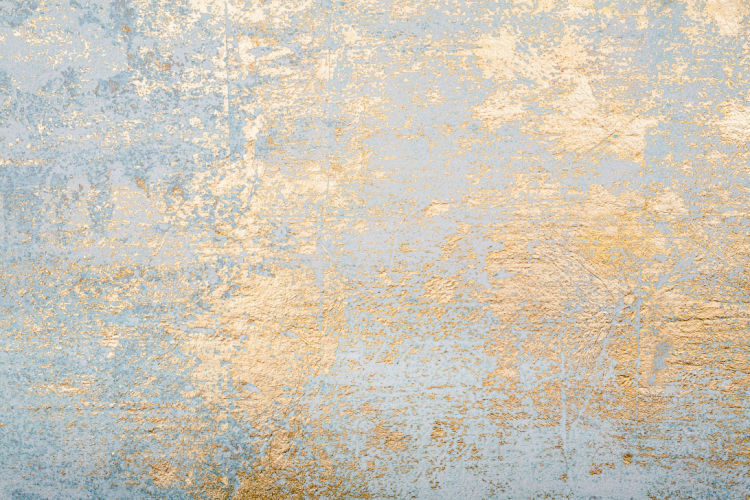This Post may contain Affiliate Links. Please read our Disclosure for legal jargon.
Wall textures are a great way to add flair to your house with ease and without having to spend exorbitantly. They are timeless, and trendy and add a dash of personality and artistic creativity to your house. There are many types of wall textures that will make your uninspired and boring rooms look trendy and debonair.
Learning about different types of wall textures will help you decide if you want to upgrade from plain walls to sophisticated and modern walls. This knowledge will come in handy when you decide to paint or remodel your house.
A few textures are easy and you can do them by yourself. But there are some which you won’t be able to give full justice to and are best done by a professional. The main advantage of wall texture is that it’s a great way to conceal blemishes and flaws.
Cover up the imperfections on your wall and make them stand out by choosing from the various types of wall textures listed below.
Outline
15 Different Types of Wall Texture
1. Orange Peel Texture
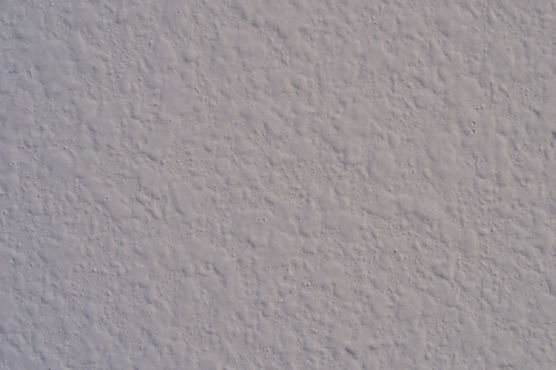
Orange peel texture is also known as ‘splatter’ or ‘eggshell’. It has a dimpled and bumpy texture that resembles an orange peel. This is one of the most common and basic wall designs you will find in most houses.
If you want a subtle texture without going too extra, this is the perfect wall texture for you. It’s an ideal choice for bedrooms and living rooms.
2. Popcorn Walls
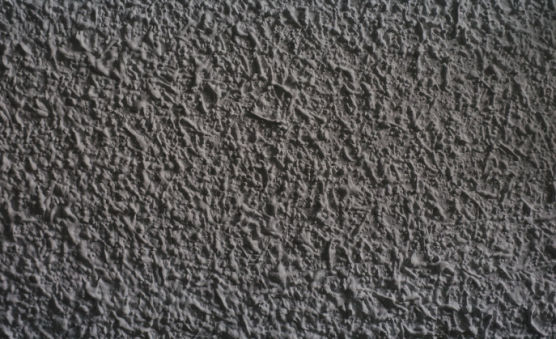
Popcorn texture is also known as ‘cottage cheese texture’. It adds a very interesting look to your house. Due to its thick application and popcorn ceiling texture mix, it has the additional advantage of dampening sound reduction.
The best part about popcorn walls is that it’s easy to do and affordable, and you can have this design in any color you want.
3. Comb Texture
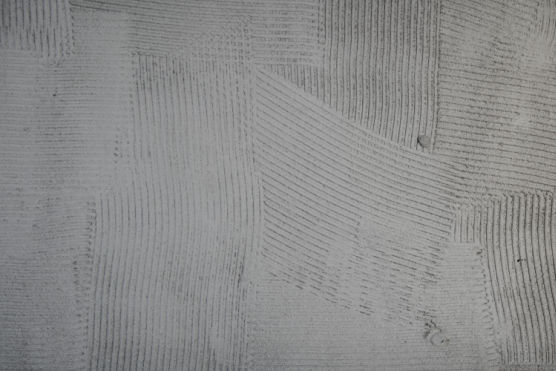
This is one of the simpler wall texturing methods that looks like a rainbow. This texture is preferred by homeowners and interior designers for its captivating design. You can style this however you want by focusing on the size and width of the pattern.
The comb texture can be in sequence and look like mini rainbows or the design can be in a haphazard manner and look like waves.
4. Slap Brush Wall Texture
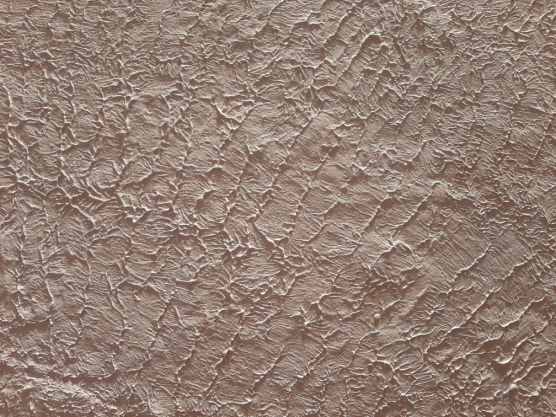
This is an ancient type of texture that creates a random pattern of thin irregular lines. It is also known as ‘Crow’s Feet’ or ‘Stipple’. If you want to add an eccentric flair to your walls, slap brush texture should be your number one option. It will give a rustic look to your room.
Along with a roller, you will need a crow’s feet texture paint brush if you are doing this on your own as a DIY project.
5. Sand Swirl Texture
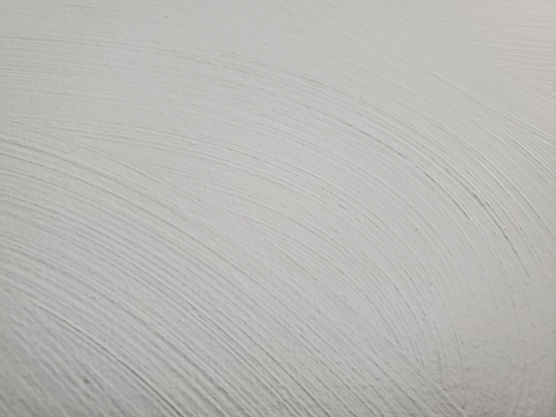
If you want your wall to be unique and very different from the rest of the house, then sand work texture is the one to go with. This is one of the difficult textures which would require a professional to do it for you.
The pattern is circular and swirl-shaped. The swirls will appear like it’s overlapping with one another. It looks aesthetically pleasing and alluring.
6. Knockdown Texture

A knockdown drywall finish is one of the easiest ways to cover blemishes on the wall and enhance its appearance. It’s an antique look from the 1990s. You can consider this texture as a subtle version of popcorn texture.
It is also known as ‘Spanish Lace Texture’ and it blends seamlessly onto your blemished wall. It won’t look like you are concealing a damaged area.
7. Splash Brush Knockdown Walls
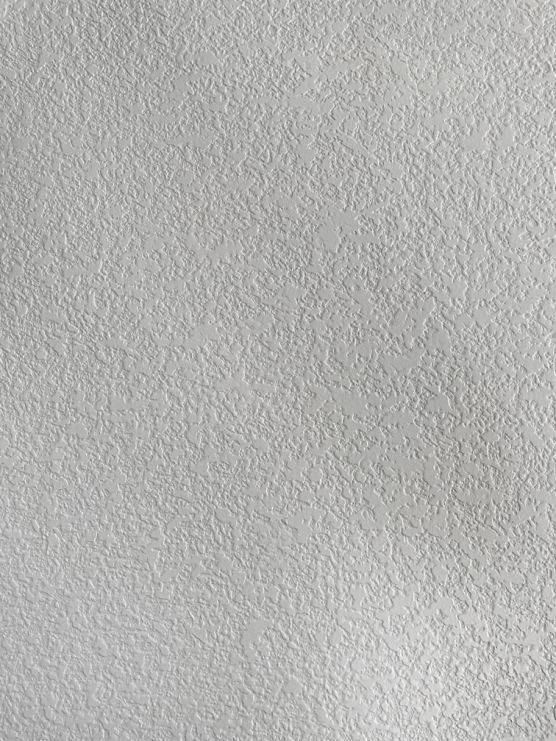
This is a combination of slap brush and knockdown texture. It is also known as the splatter texture. This is one of the rare textures that doesn’t really require painting. You just need a roller, drywall, slap brush, and knockdown knife to create this attractive texture.
8. Santa Fe Texture
This wall texture is currently trending and is created when two layers of drywall come together. The top layer allows the lower layer to appear in some areas arbitrarily. If you are looking for a minimal drywall texture, you can achieve that look by using the Santa Fe pattern.
9. Rosebud Texture
As the name suggests, the texture looks like an open rose flower with petals. It looks graceful and it is mostly used on ceilings as it is easy to apply. This kind of texture needs a lot of practice. Hiring a professional is better than taking it as a DIY activity.
10. Monterrey Drag Wall Texture
This texture is also known as the ‘California Drag’. It is commonly found in southwestern-style houses. If you love a rustic ambiance, then this is the kind of texture you would love to enhance your wall with. This kind of texture has many variations and has a rougher feel than other textures.
11. Venetian Plaster Finish
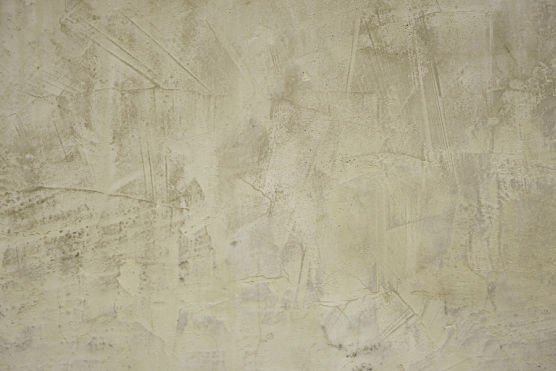
The Venetian plaster finish is the more refined version of plastering. It’s extremely beautiful and is currently a new phenomenon amongst ancient wall lovers. It’s also one of the most durable wall textures which last a very long time.
Despite the heavy layering, the Venetian plaster finish is quite smooth and soft to touch.
12. Spray Sand Texture
Spray sand texture is a lovely design that won’t draw too much attention to the wall. It is similar to orange peel texture in many ways but the application method and steps also differ widely from one another.
However, the spray sand texture doesn’t have the same cracks and distance between the ridges as the orange peel design. It’s up to you to decide which one you want to go with.
13. Hawk and Trowel Pattern
If you are looking for something very eccentric, this is the type of wall texture you must go with. It will draw everyone’s attention to the wall. The appearance of this texture greatly depends on the thickness of the materials.
The texture varies and sometimes looks like random wheels of mud or like waves of water. Before you set your mind on getting this pattern, talk to a professional about which type of design you would prefer.
14. Skip Trowel Wall Texture
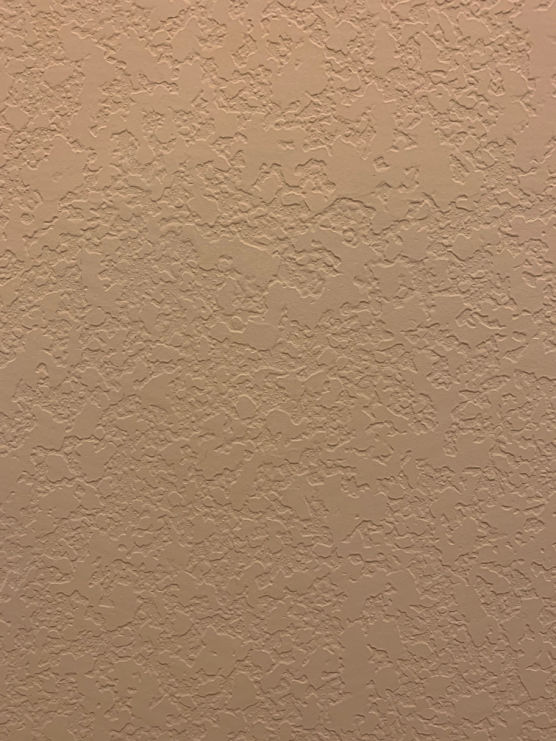
Skip trowel adds a modern and dramatic look to your room. It is similar to the knockdown texture except that it is more spread out and has a lot of space between the bumps. The application of this texture is time-consuming. It’s challenging and you need a lot of patience to get the design right.
15. Faux Brick Texture
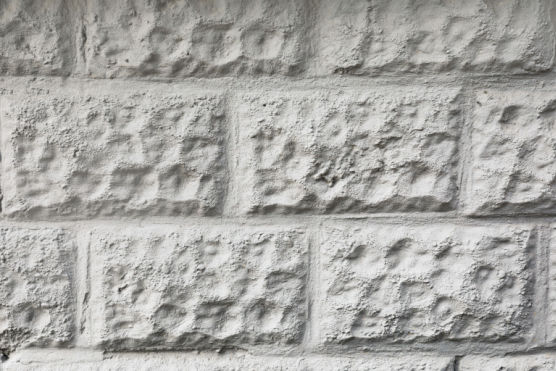
The faux brick texture looks a lot like real bricks on the wall. The only difference is that real bricks are sturdy and long-lasting whereas faux brick texture is just a type of wall texture that is more affordable than the former.
It cannot provide structural support and is just a design to elevate the look of your home. They are waterproof and have fire-resistant properties.
We hope you found the above list helpful. If we missed covering any type of wall texture, let us know in the comments below.

